#Swiss history
Note
Been thinking a lot about the (Holy) Roman Empire lately and how weird it was. Is Switzerland just a Hanseatic League that stuck around?
Not quite.
The Old Swiss Confederacy was a federation of cantons - and both the Waldstätte (rural cantons) and the Stette (urban cantons) were local governments, either as rural communes or city-states, rather than merchant guilds. While it's true that trade was a major motivation for the formation of the Confederation, self-defense was of equal if not primary importance.

Initially, these cantons were direct vassals (reichsfrei) of the Holy Roman Empire, but the Hapsburgs sought to impose their claim on the region in the early 14th century. The peasant militias of the allied cantons beat the hell out of the Hapsburg knightly armies again and again, using their superior knowledge of the land to ambush the Hapsburgs and smash the cavalry with their halberdiers - the forerunners of the famous Swiss pikemen. The Confederacy also cleverly used the wildly unstable politics of the Holy Roman Empire to their advantage, backing the Bavarian House of Wittelsbach and the Bohemian House of Luxembourg in their struggles with the House of Hapsburg for control over the Imperial title.
In the following century, the Swiss successfully maintained their independence against the Burgundians - sometimes allying with the Hapsburgs against their hated Valois rivals. By the time that the Burgundian Wars were over, the Swiss pikemen had made their reputation and the cantons began to establish mercenary contracts with the Papal States, the Duchy of Savoy, and others, while conquering huge swathes of Milan until the Battle of Marignano forced the Confederacy to keep their territorial ambitions to the other side of the Alps.
Despite this setback, Switzerland was able to achieve de facto independence from the HRE through victory in the Swabian War, and de jure independence at the Peace of Westphalia.
#history#european history#medieval history#renaissance history#early modern history#the swiss confederacy#swiss pikemen#swiss history#hapsburgs
23 notes
·
View notes
Photo


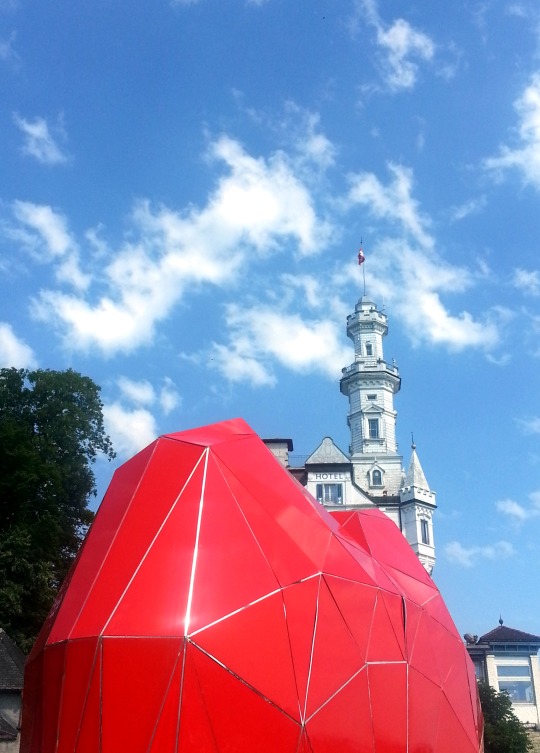





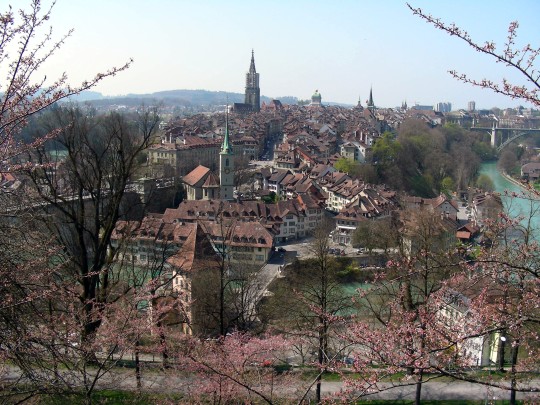
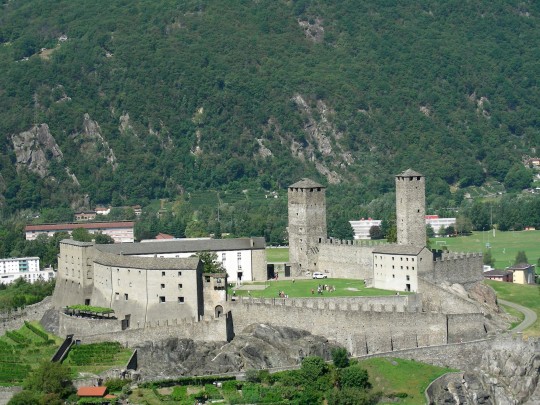
Switzerland became a member of the Council of Europe on May 6, 1963.
#Switzerland#member#Council of Europe#6 May 1963#anniversary#Swiss history#Vierwaldstättersee#Lake Lucerne#Luzern#Mount Pilatus#Stanserhorn#Bern#Hotel Gütsch#Seebodenalp#Mount Rigi#Ticino#Bellinzona#Castelgrande#Klewvenalp#River Aare#Bundeshaus#Federal Palace#Villa Ciani#Swiss Alps#architecture#cityscape#landscape#tourist attraction#Schweiz#Avenches
235 notes
·
View notes
Photo

“Unglücksstunden in Genf [Unlucky hours in Geneva],” Schweizer Illustrierte Zeitung. No. 47, November 16, 1932.
---
Cover story about the Geneva shooting massacre.
#genève#genf#geneva#1932 geneva massacre#massacre#state violence#machine gunners#street fighting#interwar period#communists#anti-communists#swiss history
5 notes
·
View notes
Text
History Shorts: 10

This is a zweihänder sword, next to what I can assume is an archeologist analyzing his find.
These large two-handed used swords were used primarily in the late 1400s to the mid 1500s. They are not to be mistaken with the Claymore, which is different both in origin and size. The claymore is longer than the zweihänder.
They are European of course, where a trend had followed in creating massive swords. The zweihänder was found mostly used among Swiss and German mercenaries. A notable group being the Black Band, a massive German mercenary group.
The zweihänder ranged a good amount in size, usually always being over 1.4m (4′7″ ft.) long and weighing at least over 2 kg (4.4 lbs). There were much larger ones recorded going even up to 2.4m (8ft) long, and weighing around 6 kg (15lbs). Their size is why they must be wielded with two hands. The larger ones are for ceremonial practices.
The original wielder of the sword depicted in the picture above was Grutte Pier, a Frisian rebel and a warlord pirate. Also known as Pier Gerlofs Donia.
Grutte Pier was known for his superhuman strength. That name is simply a nickname meaning Great Pier. It is written that Pier was so strong he could behead several men at once with a single swing of sword, and bend coins with even his middle finger.
He was not the only unit like that known in his time period.

#dutch history#frisian history#frisia#frisian#zweihander#zweihänder#german history#1500s#1400s#16th century#swiss history#history#swords#weapon history#military history#dark ages#medevial#medevial era#weapons#big sword#grutte pier#pier gerlofs donia
5 notes
·
View notes
Text

Goldfish is easily one of the best snack foods of all time!
♓️🇨🇭😋
#history#goldfish crackers#food#pisces#switzerland#snack#food history#goldfish#birthday gift#united states#snack food#smile#swiss history#tasty#birthday#american history#crackers#astrology#margaret rudkin#delicious#swiss food#the snack that smiles back#nickys facts
6 notes
·
View notes
Text

Weaving Together Swiss Music and Culture: The Matthew Wolf Capital Group Story
Follow Matthew Wolf Capital Group as it navigates the rich tapestry of Swiss cultural and musical traditions. From folk tunes to contemporary beats, experience how these diverse influences meld together under the Capital Group's innovative approach. Discover the stories behind the songs, rooted in Switzerland's history and spirit. Visit: http://www.matthewwolf.co.uk
#Matthew Wolf Capital Group#Swiss music traditions#contemporary beats#folk tunes#cultural innovation#Swiss history#musical diversity
1 note
·
View note
Text

The Wind, Félix Vallotton, 1910
#art#art history#Félix Vallotton#landscape#landscape painting#landscape art#Les Nabis#French art#Franco-Swiss art#20th century art#oil on canvas#National Gallery of Art
1K notes
·
View notes
Text
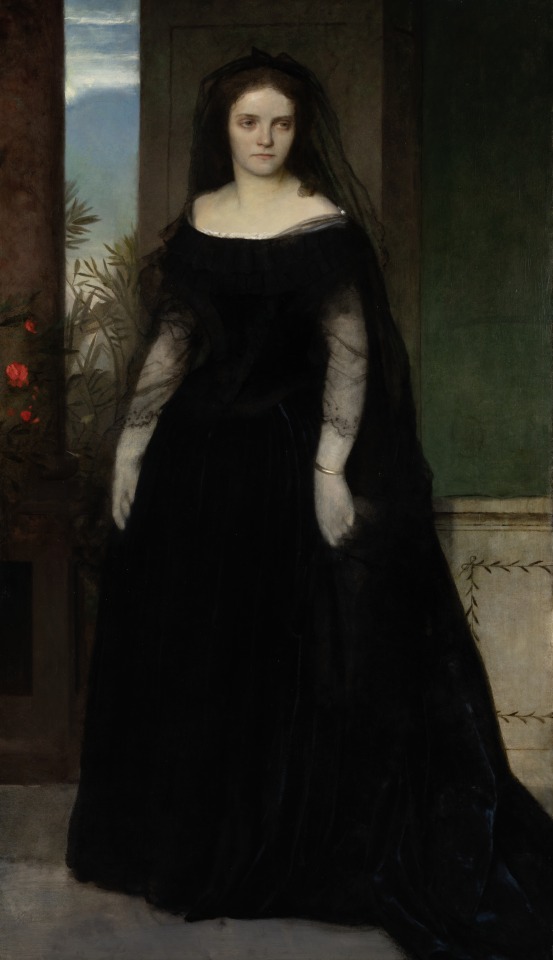
Portrait of the Actress Fanny Janauschek, 1861
Arnold Böcklin
860 notes
·
View notes
Text

Albert Anker (Swiss, 1831-1910) • Still life: coffee and potatoes • 1897
#still life#art#painting#fine art#art history#albert anker#swiss artist#oil painting#19th century european art#art of the still life art blog#art blogs on tumblr#art lovers on tumblr
491 notes
·
View notes
Text

Felix Vallotton
Nude
1912
#felix vallotton#french art#French painting#swiss artist#swiss painter#Swiss painting#swiss art#french artist#french painter#les nabis#aesthetic#beauty#portrait#portrait painting#portrait artist#art on tumblr#modern art#art history#aesthetictumblr#tumblraesthetic#tumblrpic#tumblrpictures#tumblr art#tumblrstyle
637 notes
·
View notes
Note
Was the old Swiss Confederacy a democracy?
Certainly republican by the standards of the time, but with important caveats:
“Only a limited number of citizens had political rights in Swiss political corporations, and even where most arms-bearing males could attend public assemblies, a few clans typically monopolized offices and controlled most decisions.”
(Clive H. Church and Randolph C. Head, A Concise History of Switzerland (Cambridge: Cambridge University Press, 2013))
15 notes
·
View notes
Text




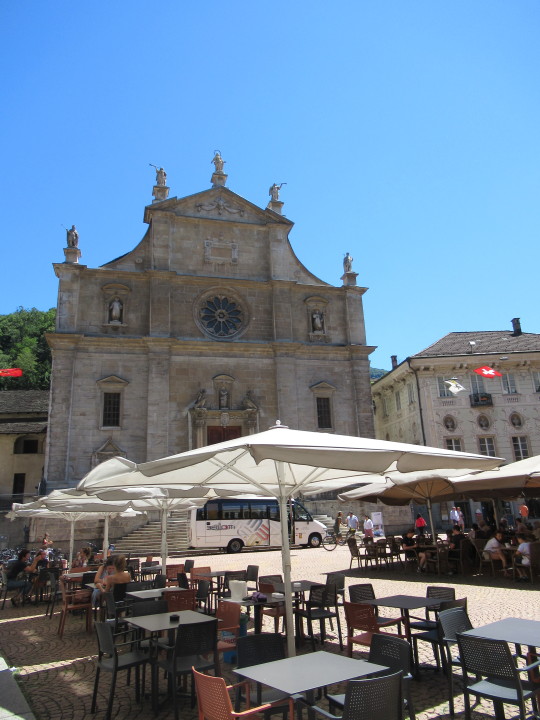





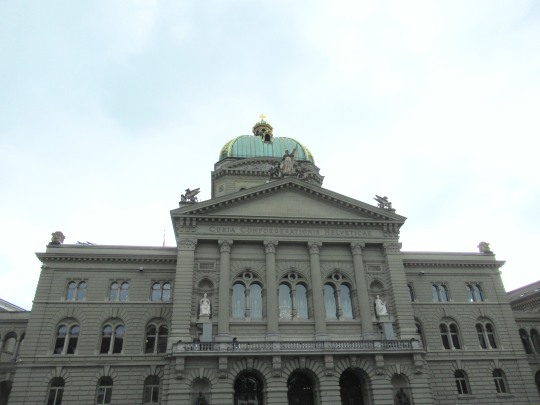



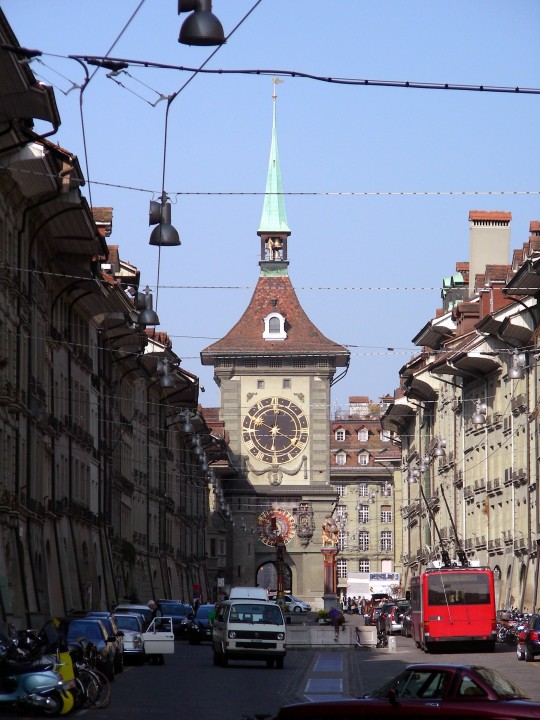



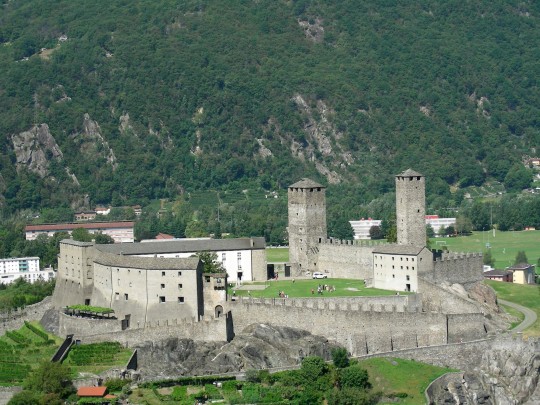

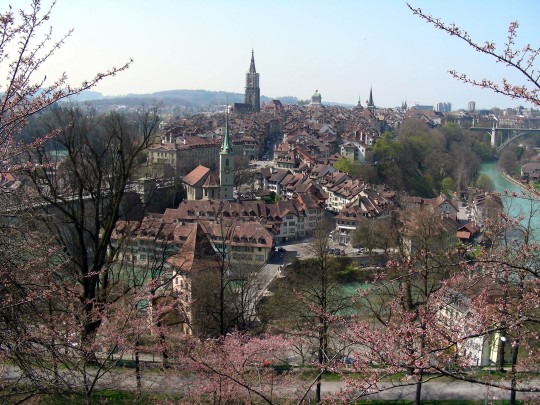





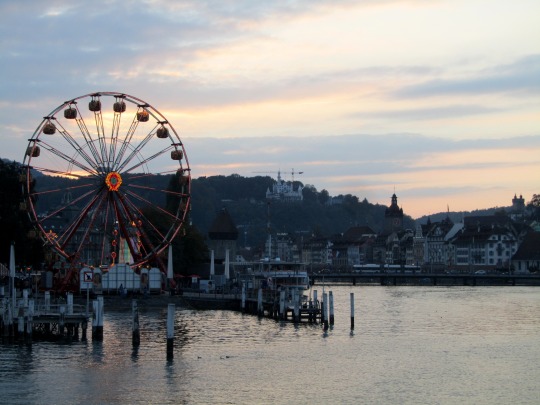



The Republic of Switzerland was formed on March 29, 1798.
#Republic of Switzerland#formed#29 March 1798#anniversary#cityscape#Swiss history#Luzern#Lucerne#Schweiz#original photography#landscape#countryside#River Reuss#Kapellbrücke#Rigi#Stanserhorn#Lake Lucerne#Vierwaldstättersee#Bern#Berner Münster#Bundeshaus#River Aare#Federal Palace of Switzerland#Mount Pilatus#Seebodenalp#Castel Grande#Bellinzona#Klewenalp#Swiss Alps#travel
2 notes
·
View notes
Text
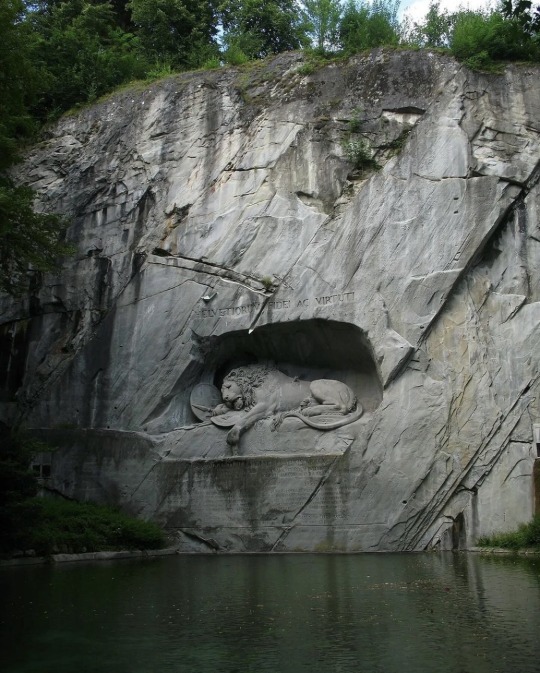
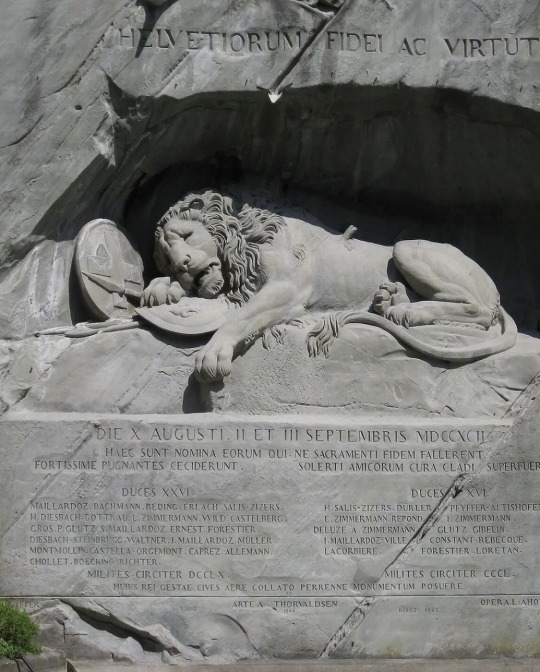
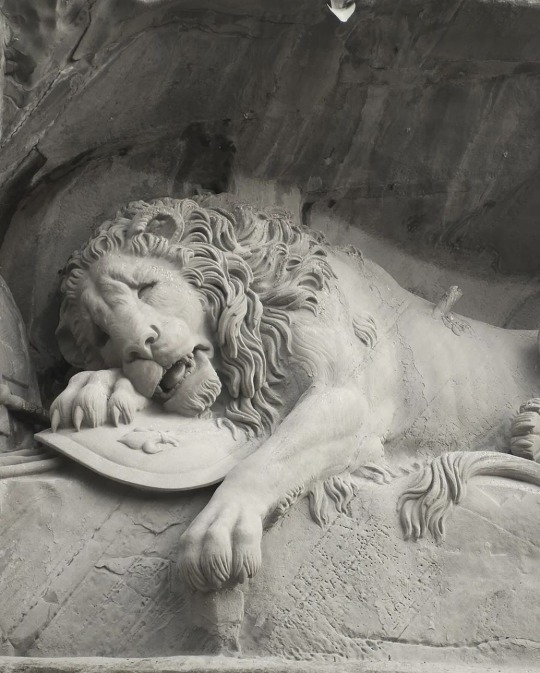
The Lion of Lucerne Location: Lucerne, Switzerland
This memorial is dedicated to the Swiss Guards fallen during the French Revolution and is also famously known as the world's saddest stone. Carved in 1820, this ten-meter-long and six-meter-high monument portrays a dying lion bearing a shield of the French monarchy. The inscription above reads "HELVETIORUM FIDEI AC VIRTUTI," translating to "To the loyalty and bravery of the Swiss," with the names of some deceased officers listed below the lion.
#lion of lucerne#lucerne#switzerland#french revolution#history#world history#aesthetic#stones#stonecore#statue#monument#famous monuments#swiss#swissarmy#nature#rocks#naturecore#lion#cats
210 notes
·
View notes
Photo

“Bagarre sanglante dans la ‘cité de la paix’,” Le Devoir. November 10, 1932. Page 1.
===
Douze personnes perdent la vie et soixante-dix blessés sont dans les hôpitaux de Genève — Les journaux genevois attribuent la responsabilité de cette tragédie aux socialistes
----
GENEVE, 10. (S.P.A.) — La “cité de la paix” a été ensanglantée hier soir par une bagarre qui a coûté la vie à 12 personnes et qui a envoyé 70 blessés dans les hôpitaux. Une foule montée par des agitateurs a voulu troubler une réunion antisocialiste et les autorités ont envoyé sur les lieux des jeunes recrues qu’elles avaient fait venir de Lausanne. La foule a hué les jeunes militaires et les a tournés en ridicule en les qualifiant d’enfants qui veulent "jouer au soldat”. Les recrues ont alors ouvert le feu de leurs mitrailleuses et des gens sont tombés sur le pavé drus comme mouches. On compte un enfant parmi les victimes. La foule irritée a massacré un soldat. Un autre soldat a pris peur en voyant tout ce sang et s'est enfui.
Les journaux du matin attribuent aux socialistes, qui font depuis quelque temps de l’agitation contre les autorités locales, la responsabilité de cette tragédie. Les orateurs socialistes auraient incité les gens à la révolution en pleine rue et quelques-uns entre eux seraient des émissaires de Moscou. Léon Nicole, directeur d’un journal du soir et membre du gouvernement cantonal, a été arrêté sous l’accusation d’avoir fomenté la révolte.
[AL: Almost all coverage of this event in Canada uncritically accepted the Swiss government’s explanation that somehow the massacre and wounding of dozens of people was their fault, and not the fault of the machine gun armed military.]
#genève#geneva#massacre#state violence#machine gunners#political protest#political demonstration#street fighting#military repression#fusillade#1932 geneva massacre#interwar period#swiss history
1 note
·
View note
Text

Arnold Böcklin (Swiss, 1827–1901) • Venus Anadyomene • 1872 • St. Louis Art Museum, St. Louis, Missouri
#art#painting#fine art#art history#women in paintings#swiss artist#arnold böcklin#artist#symbolist painting#symbolism#mythological painting#pagan sphinx art blog#art blog#painter#art lover#oil paintings#oil on panel#art nude
183 notes
·
View notes
Text

Angelica Kauffmann (Swiss, 1741–1807) • Portrait of a Woman as a Vestal Virgin • 1781-82
#art#painting#fine art#art history#angelica kauffmann#woman artist#neo classical painting#swiss artist#woman painter#portrait#female portrait#18th century european art#oil painting#3/4 length portrait#roman mythology#roman goddess#vestal virgin#la robe blanche art blog#women in white
169 notes
·
View notes